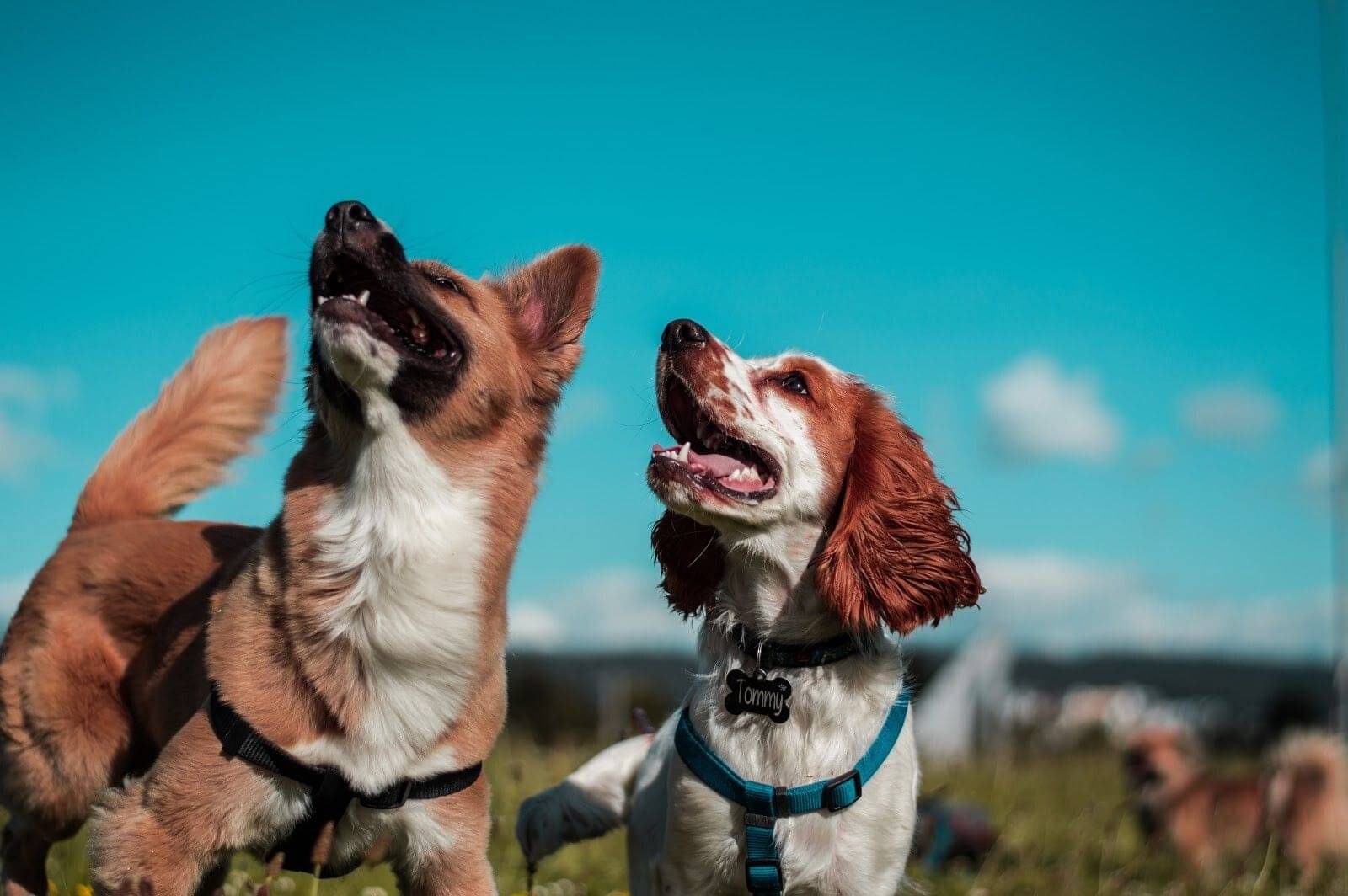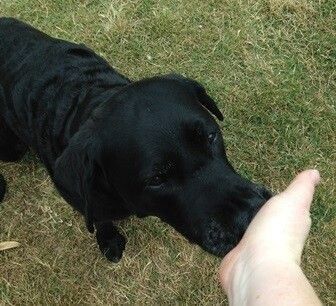TARGETING

What is Targeting?
Targeting is a training concept which teaches an animal to touch a target (which could be a hand or an object) with their nose or other body part.
Why Teach Targeting?
We use a target to help break down behaviours into small easy to teach steps. Targeting is an excellent tool to teach tricks, as well as useful behaviours. If you want your dog to move in a certain direction without physically manipulating them, or using a food lure, targeting makes this easy i.e. hop on or off furniture or move out of the way.
We do not use food in a hand that we are targeting to as this would be a different training technique called ‘luring’, rather the food comes after the behaviour as reinforcement for that behaviour.
Targeting can help redirect your dogs’ focus away from something that they are, or may, become concerned about.
Advantages of Using a Target
It’s fun and easy to train
Provides a point of focus which is great in distracting environments
Reduces miss-communication, by providing clear direction
Allows complex behaviours to be broken down and learnt in small steps
Allows learning to be conducted in a consistent and positive manner that engages your dog
It is much easier and kinder to ask a 50kg dog to move to a target than to physically move him!
Getting Started
Initially, target training uses our animals’ natural curiosity. Most dogs will sniff or even touch an open hand or fist presented to them. Make sure your hand is quite close to your dog’s nose to start with (about 10cm away), and present your hand from underneath their nose, not from the top.
Simply click and reward your dog for a touch.

Timing
Make sure your click happens just as your dog’s nose touches your hand (if you are unfamiliar with clicker training, ask for our help).
Teaching duration
It is important to develop duration (i.e. get the dog to hold his nose there) on the target as soon as possible. They soon understand that they need to keep their nose on the target until you click. Vary the amount of time during training so your dog doesn’t start to anticipate when you will click. Increase the time you ask for in small steps and finish on an easy one.
Tips
Take care not to reinforce concurrent behaviour (two behaviours occurring at the same time) for example, using an open mouth and touching your hand.
If your dog doesn’t touch your hand, remove both your hand and try again, but put your hand closer or in a different position.
Have fun with targeting and remember to do short sessions.

